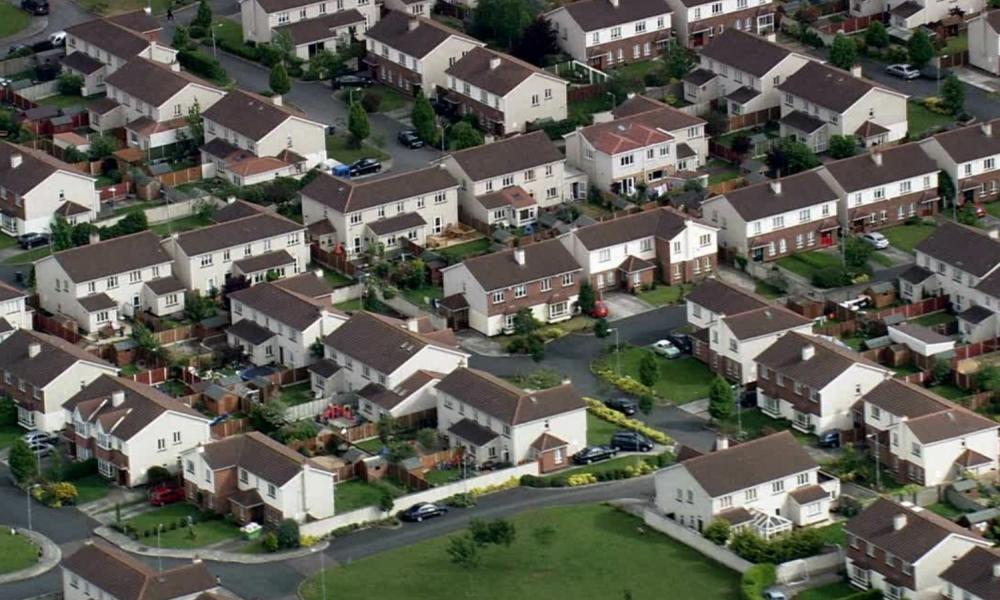2022 policies did not fix housing and 2023 is not looking much better

As the year rounds to a close, 2022 has been confirmed by JLL as one of the most active on record for investment across Ireland’s commercial market, however, a six-month period of ‘wait and see’ has been forecast for 2023. 30 percent of all investment related to the PRS, which had its third largest year on record, attracting €1.45 billion investment in the first three quarters of the year.
Also, the latest data from the CSO shows property prices increased by an average of 9.8 percent in the year to October. The figures show that prices outside of the capital are increasing at a faster rate than those in Dublin. Counties in the west of Ireland saw the most significant price growth over the part year. Average property prices nationwide have increased by 129.5 percent from their lowest in early 2013 and are now almost 3 percent above peak 2007 levels. While prices are still rising, the rate of increase continues to slow, as has been the trend for most of this year.
Looking ahead at supply, new housing starts are down 22 percent in the third quarter, which is definitely a concern for both social housing and the private housing market for 2023 and 2024. In fact, a recent Mason Hayes & Curran industry survey, ‘Real Estate, Planning and Development – Reflections & Predictions’, has become the latest to confirm that Ireland needs to be building upwards of 50,000 new homes per year to address the current housing shortage. 76 percent of those within the property industry who were surveyed believe that 50,000 new houses are needed every year. Interestingly, the majority (56 percent) also believe that the introduction of residential zoned land tax will disincentivise the hoarding of residential development land. 75 percent maintain a developer’s planning contribution towards public infrastructure and facilities should be set according to the estimated cost of the infrastructure, which is something the industry has been pushing for.
Finally, there was an interesting opinion piece by Sarah Hamill, assistant professor at the School of Law, Trinity College Dublin, in The Irish Times outlining why new short-term letting laws introduced over the past three years (and as recently as last week) are not likely to increase long-term rental supply. She posited that instead of seeing up to 12,000 dwellings return to the long-term rental market, thousands of former short-term lettings may end up being left empty or being used as corporate lets. While the assistant professor acknowledges the need for regulations in this area, she shares a concern that they will not achieve their stated goals. She goes further to say that Ireland’s attempts since 2019 to regulate short-term rentals have been unsuccessful due to the lack of enforcement (“various studies have suggested almost no one applied for the necessary planning permission”), pointing out that platforms like Airbnb did not even need to check that advertised properties complied with the rules. More importantly “It must be remembered that these new rules around short-term letting appear against the backdrop of a broader exodus of small-scale landlords from the long-term rental market…”.
The reality is that landlords who are considering exiting the market may have opted to use their property for short-term letting for the flexibility around regaining possession and for the greater financial returns; however owners in this position are now more likely to either sell, leave their property vacant, or use their property as a corporate let.
Another ‘own goal’ policy move.
Ian Lawlor
086 3625482
Managing Director
Lotus Investment Group
